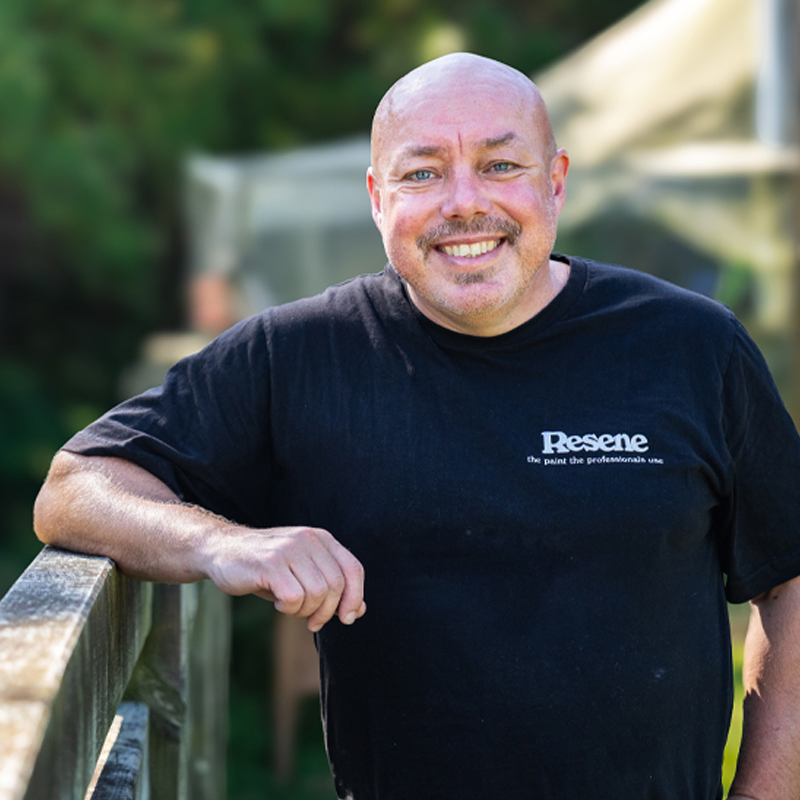As the old saying goes, ‘not to prime is a crime’, and this couldn’t be truer when it comes to getting the best, most professional looking result for your Resene paint project. It doesn’t matter if you’re painting weatherboards, walls, a fence or a piece of furniture, the surface needs to be properly prepared to ensure the ultimate finish, longevity and durability.
Things can get trickier though when figuring out which surface needs what primer, as there are a few Resene options to choose from. Resene Paint Expert Jay Sharples talks us through exactly what they do and how to use them, as well as the importance of undercoats.
Why use a primer?
While you may think that applying the stunning Resene colour you’ve selected is the most crucial part of the process, it is actually the primer that’s the most important step. It acts as the anchor for the new paint system and the final result is totally dependent on the primer doing its job. Primers are different to topcoats, so it’s important to undertake the preparation properly by using the right primer – just applying an extra topcoat won’t work.
While it’s wise to use a primer on most projects in order to achieve the highest quality paint job, the following circumstances always require a primer:
- When painting new wood, new plaster or plasterboard, or another surface that has never been painted.
- When repainting a surface that is uneven or badly deteriorated.
- When painting a surface that has been stripped or is worn down to the original substrate.
What do primers do?
The main purpose of a primer is twofold – it provides a smooth canvas and excellent adhesion for the new paint you’ll be applying on top, and it also protects the surface you’re painting. Primers do have a shelf life though, so ideally you need to apply the subsequent topcoat within four to six weeks of applying your primer. If you’re outside that window, you’ll most likely need to speak to the Resene ColorShop staff, as primers aren’t designed for long term exposure without topcoating. You may need to clean the primed surface before painting, especially if you live close to the sea, or even sand back and start again, so do keep this in mind when you’re planning your project.
For large projects, it’s often best to prime one part of your home first, stopping at a natural break, such as a corner, allow to dry, then topcoat that part rather than priming the entire house and feeling pressured to get your whole home topcoated fast.
Primers are designed to block out harmful UV light and stop moisture reaching and potentially damaging the substrate you’re painting on. They also seal the surface and help prevent subsequent coats of paint from sinking into the surface and losing gloss over time – this is particularly important when painting wood and timber. Fortunately, special primers are available to help stop stains and tannins from bleeding through into the topcoats and ruining the job. This particularly applies to staining timbers such as cedar or redwood.

















